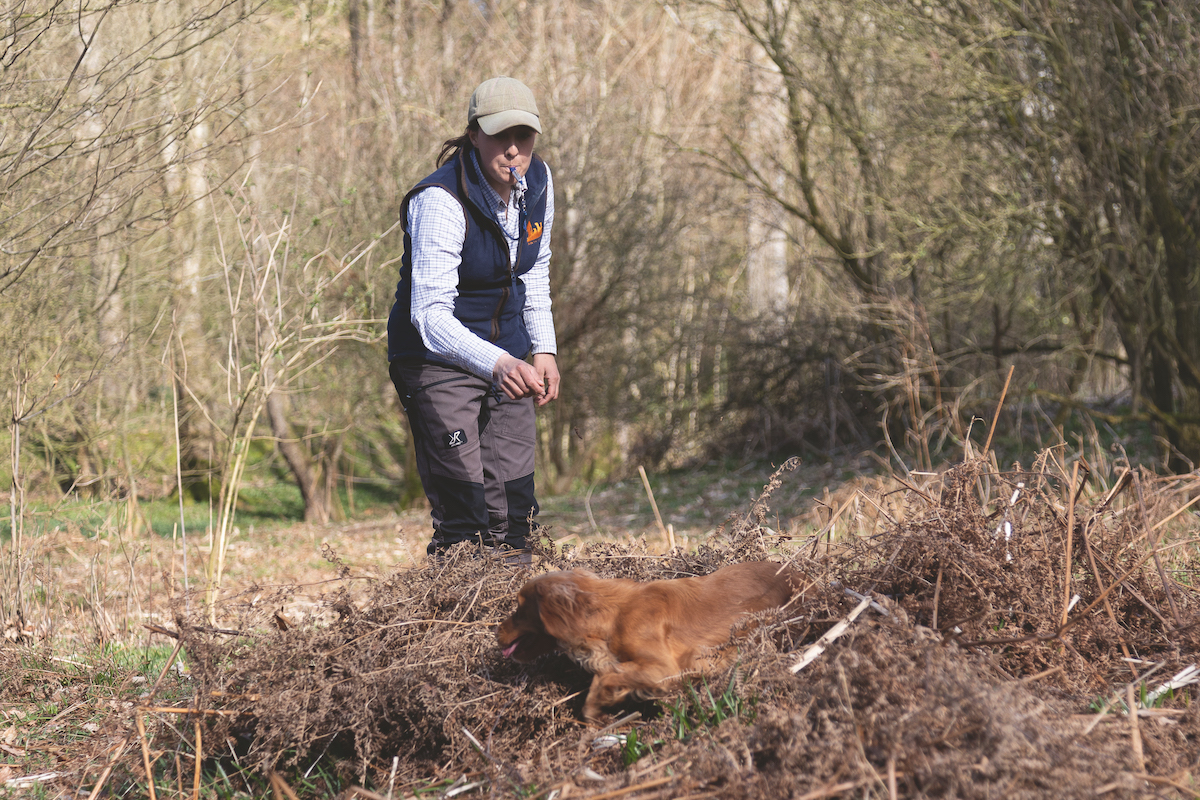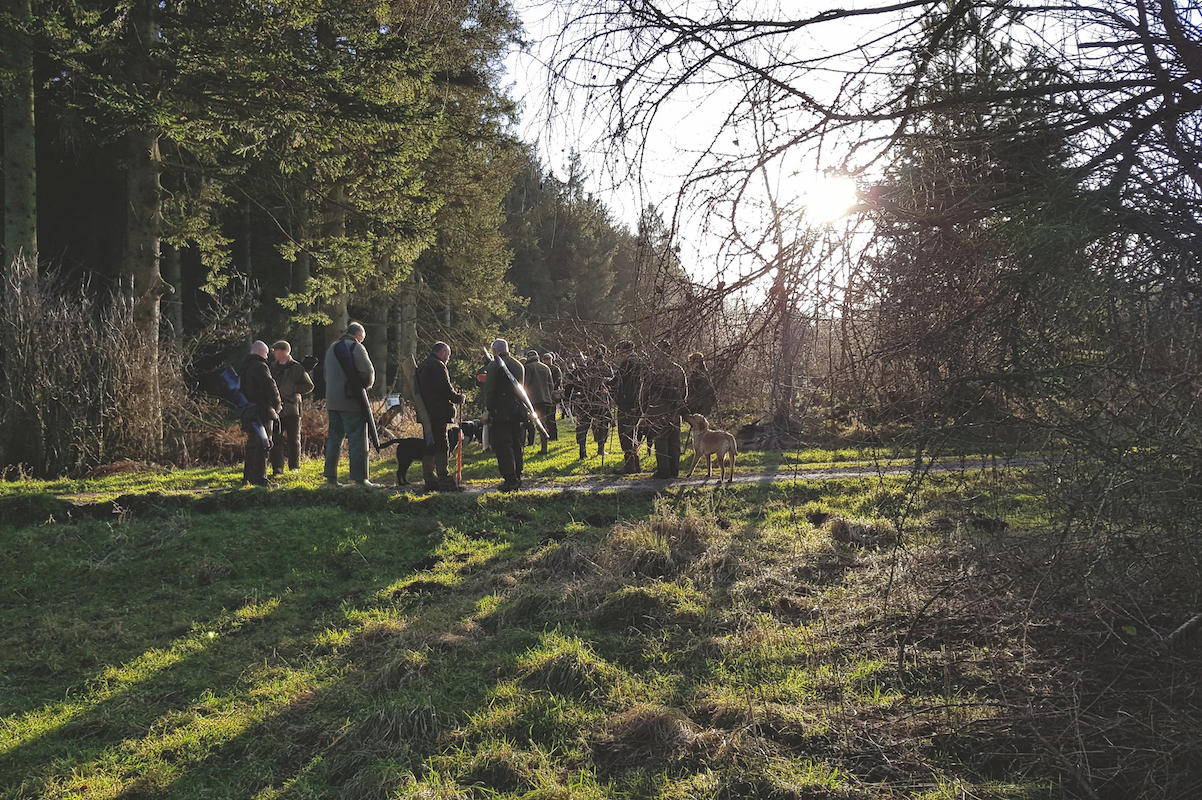How to read a gun dog’s body language
Dogs have emotions and we need to learn how to read their body language more accurately to become better trainers. By Graham Cox.

Dogs are remarkable. Working them makes us especially aware of that, but still they frequently amaze us. What we now know of the process of domestication, which fossil evidence suggests happened something like 13,000 years ago, helps to explain why the human/dog relationship is so close and how dogs can read our emotions so effectively.
Recognition of that prompts an obvious question though: if dogs are so adept at discerning our every mood, how good are we at picking up on theirs? More fundamentally, perhaps, there are those who would cast serious doubt on whether this is a question we should even be asking.
Advances in neuroscience and cognitive ethology have, however, made such a position increasingly redundant. Moreover, what no-one can deny is that it is something we attempt to do all the time. The only question, therefore, should be: “Are we any good at deciphering canine emotions?”
Misreading signals
Take the Gundog Picture of the Month on page 114 of the September issue. It shows two wet dogs, one a golden retriever and the other a spaniel, sitting side by side. The golden’s tongue is hanging out and its eyes are bright, whereas those of the spaniel are duller and its dewlap is caught up on its teeth. The caption is ‘Happiness vs. Regret’. Now, whilst the golden might just be panting gently, let’s go with that one. The spaniel, though, is a much tougher interpretative challenge. That facial expression could just as easily be indicative of confusion or uncertainty: very different from ‘regret’ and certainly not freighted with the same moral baggage.
Given the scope for ambiguity when we’re taking external signals to be indicators of internal mental states it’s hardly surprising, perhaps, that many still warn of the dangers of anthropomorphism: the attempt by humans to understand the world by putting themselves in the place of another animal. They echo the views of B.F. Skinner, in particular, who argued that science should focus only on observable behaviour and avoid messy, untestable things like thoughts, emotions and consciousness. We increasingly recognise now, though, that such hard-line behaviourism makes for a very impoverished understanding of the natural world. Better to do what we have always done: but in a more informed and systematic way.
Shared brain power
The scope is certainly enormous. Elias Canetti, author of an influential study of crowds and power, comments on animals in his 1986 book The Human Province: “Whenever you observe an animal closely,” he writes, “you feel as if a human being sitting inside were making fun of you.” Just so. We find it all too easy to ascribe a whole range of emotions – fear, anger, resentment, love, jealousy and so on – to dogs in particular.
That’s hardly surprising because all animals and people have the same core emotion systems in the brain. It’s hard, unless you’re an expert, to tell the difference between the lower-down parts of an animal brain and the lower-down parts of a human brain. Humans do, it’s true, have a much bigger neocortex: but that’s not where emotions are located; they’re in the lower-down part of the brain.
Core emotions
Dr Jaak Panksepp, a leading neuroscientist, calls the core emotions “blue-ribbon emotions” because they generate regular behaviour sequences that can be evoked by localised electrical stimulation of the brain. He identifies four in particular.
‘Seeking’ is about investigating and making sense of the environment. It is associated with curiosity and looking forward. These are positive impulses, so ‘seeking’ feels good. ‘Rage’, by contrast, evolved from the experience of being captured and held. Violent struggle can be a means of escape. Frustration is a mild form of rage that is sparked by the mental restraint consequent on being unable to do something you’re trying to do. ‘Fear’ happens when there is any threat to physical, mental or social survival, whilst ‘panic’ probably evolved from physical pain. To these four basic core emotions, Panksepp adds three other positive systems which can be important at certain times: sex and sexual desire; care, which is his term for maternal love; and lastly play, which produces feelings of joy and is as effective an indication as any of good welfare.
Tell-tale signs
Dogs, those ‘gods of frolic’, are especially good at communicating wellbeing. Their tails proclaim most emphatically what the rest of their body language is telling you when they are happy. We are all well used to reading those signs and we can be utterly confident we are getting it right. It’s what everyone knows. Jealousy is something we can be pretty sure about when we see it as well. And we’re pretty familiar, too, with its mirror-image, whose signs are so easy to spot that there’s a colloquial expression – along with countless others such as ‘hang-dog expression’ – which neatly sums it up. A ‘dog in a manger’ attitude is so characteristic of dogs that it has become generally used to describe someone who has something of value that he or she does not want to use, but is nonetheless determined that no-one else shall have.
Such examples all fly in the face of claims that we can have no assured access to the mental states of dogs. There are patterns of behaviour which are so characteristic that our confidence in interpreting what is going on can hardly be misplaced.
How this can help your training
So far so good. But what about that clutch of emotions and attitudes which are almost bound to be a critical part of training a gundog? Frustration, uncertainty and stress should be no part of the experience for a young dog. Confusion is, assuredly, something we do not want. But confusion can be quite hard to identify: it’s easy, for instance, to suppose that it’s lack of drive or even disobedience.
So we need to get better at ‘reading’ our dogs because, after all, our response, our strategy, depends crucially on our interpretation of what is actually going on. We should try to become as adept at interpreting their responses on the training field as we are at spotting their tail-wagging enthusiasm when we reach for their leash, or at meal time. Certainly, our first impulse should be to blame ourselves for any setback: asking ourselves what it is that the dog doesn’t understand so that we can show the way forward.
Whoever defined stress as being what happens when your guts say ‘no’ and your mouth says ‘I’d be pleased to’ had a point. Ideally we don’t want either ourselves or our dogs to experience that sort of conflict. We have, in short, to develop our own emotional intelligence so that we can become more adept at reading our dog’s body language and interpreting its intentions. Because only then do we have any hope of answering that insistent question which we should always be asking ourselves: “What is actually going on here?” Only by answering that question sensitively can we hope to banish confusion.








